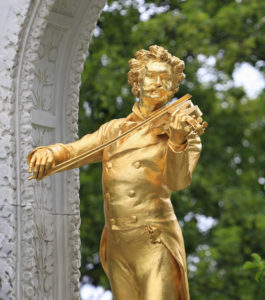
Construction of Vienna’s Ringstrasse, considered the most beautiful boulevard in the world, was initiated by Emperor Franz Joseph in 1857, when the medieval fortifications were destroyed to make way for a magnificent new city center. By the time Laban entered the Officer’s Training Academy outside the city in 1899, most of the representative imperial buildings would have been complete.
Today the palaces and parks, museums and theatres, civic buildings and coffee houses still convey the quintessential light-hearted Viennese spirit of the fin de siècle period. However, this time was anything but light-hearted for Laban.
As a cadet, he was sent to the railway workshops to learn how to handle machinery. He showed little aptitude and less enthusiasm for the job. “The locomotive scrutinised me with bottomless, impersonal eyes,” he remembered in his autobiography. Laban felt he was looking at a “monster” that would soon come to dominate man. “For me it became clear in that machine workshop that my place was not to serve the soul-less steel-ox but rather to become a kind of adversary and antithesis to it.”
Laban petitioned his father to use his military authority to release him from the academy before final examinations. When these pleas failed, as his biographer Evelyn Doerr writes, “he took action himself and shot his superior through the cap.” His father was finally persuaded to let Laban leave the military and pursue his dream of being an artist.
His next port-of-call would be Munich. But before that, Laban would learn another vital lesson on the outskirts of Vienna.
